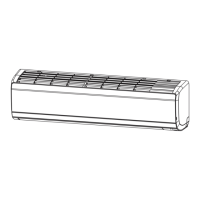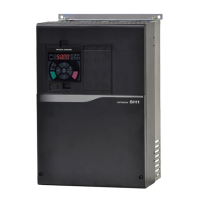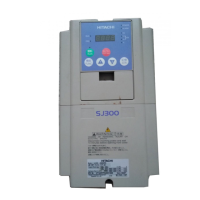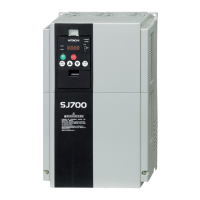S1 series standard inverter
-220-
Rated current of the
contactor (A)
Note: The accessory specifications described in the preceding table are ideal values. You can select
accessories based on the actual market conditions, but try not to use those with lower values.
12.6 Reactors
When the voltage of the grid is high, the transient large current that flows into the input power circuit
may damage rectifier components. You need to configure an AC reactor on the input side, which can
also improve the current adjustment coefficient on the input side.
When the distance between the inverter and motor is longer than 50 m, the parasitic capacitance
between the long cable and ground may cause large leakage current, and overcurrent protection of
the inverter may be frequently triggered. To prevent this from happening and avoid damage to the
motor insulator, compensation must be made by adding an output reactor. When an inverter is used
to drive multiple motors, take the total length of the motor cables (that is, sum of the lengths of the
motor cables) into account. When the total length is longer than 50 m, an output reactor must be
added on the output side of the inverter. If the distance between the inverter and motor is 50 m to 100
m, select the reactor according to the following table. If the distance is longer than 100 m, contact
HITACHI's technical support technicians.
DC reactors can be directly connected to inverters of 400 V, 132 kW or higher. DC reactors can
improve the power factor, avoid damage to bridge rectifiers caused due to large input current of the
inverter when large-capacity transformers are connected, and also avoid damage to the rectification
circuit caused due to harmonics generated by grid voltage transients or phase-control loads.
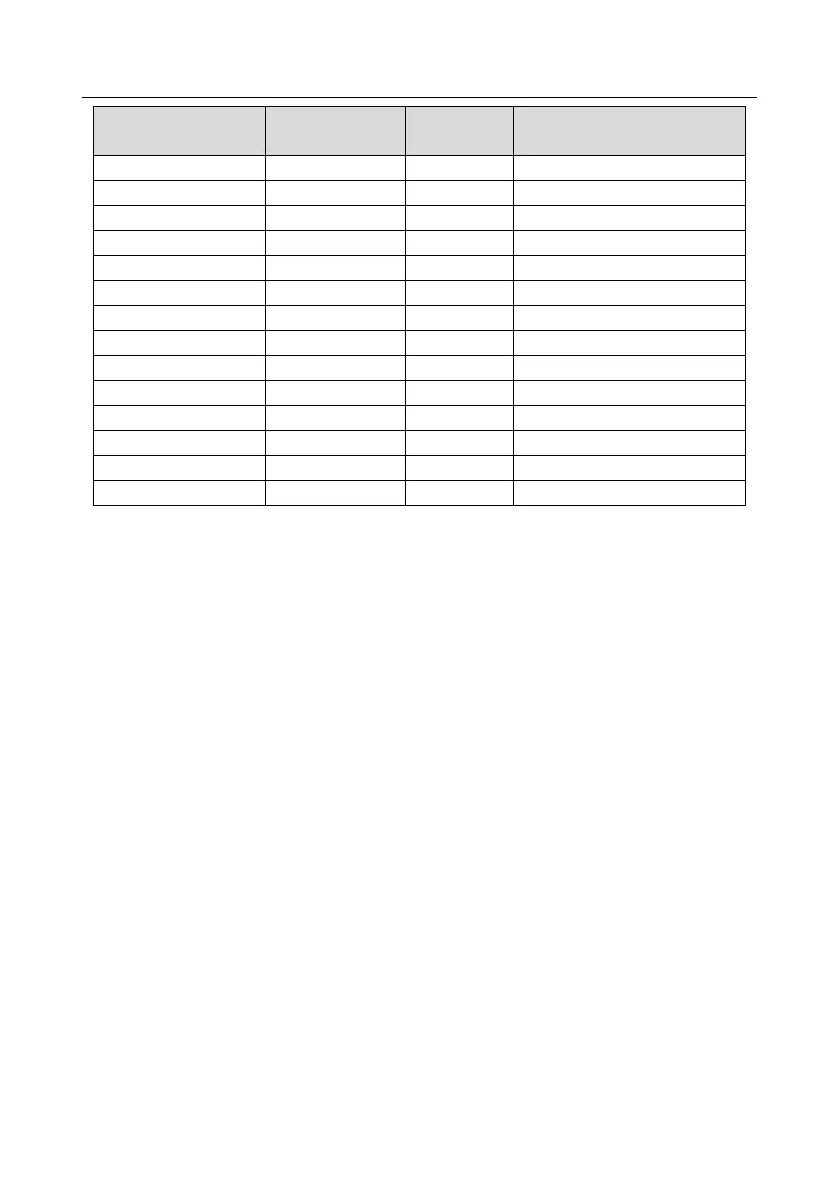